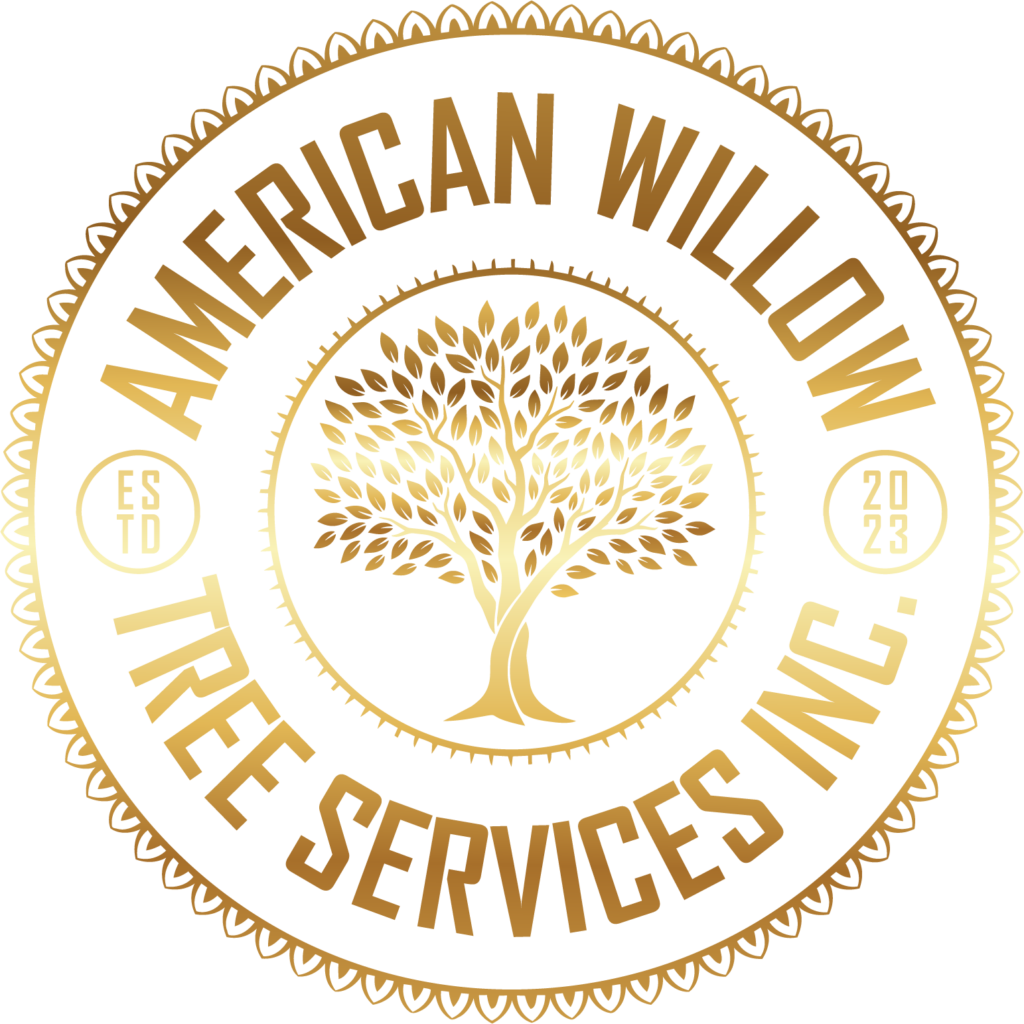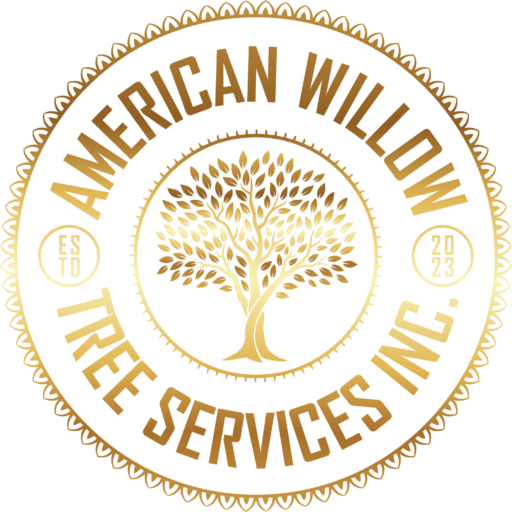The Art and Science of Tree Pruning
A Guide to Proper Tree Care
Trees are nature’s majestic sculptures that grace our landscapes, providing shade, oxygen, and beauty. Proper care is essential to ensure trees thrive and continue enhancing our surroundings. Among the principal practices in tree care, pruning is a crucial technique that combines art and science. Pruning improves the aesthetic appeal of trees while contributing to their health, longevity, and safety. In this blog post, we will delve into the intricate world of tree pruning, uncovering the science behind different pruning methods and sharing practical insights for effective tree care.
Understanding Tree Pruning
Tree pruning involves careful removal of specific branches and foliage to achieve desired outcomes. The reasons for pruning can range from enhancing a tree’s shape and structure to promoting optimal growth and mitigating potential hazards. Proper pruning helps trees to flourish and reduces the risk of disease, pests, and storm damage.
The Science Behind Pruning
Trees possess a remarkable ability to respond to pruning due to their innate adaptive nature. When a branch is pruned, the tree allocates resources to the remaining ones, resulting in improved growth and overall health. Hormones known as auxins influence the growth of lateral branches, allowing the tree to direct energy where it’s needed most. Understanding this hormonal response helps arborists determine the optimal locations for pruning cuts, ensuring the tree responds positively.
Types of Tree Pruning
Crown Thinning
Crown thinning involves selectively removing branches from the tree’s canopy to improve air circulation and sunlight penetration. This method helps reduce the risk of fungal growth and pest infestations while maintaining the tree’s natural shape.
Crown Raising
Crown raising focuses on removing lower branches to create clearance above the ground. This technique is essential for ensuring pedestrian safety, providing space for vehicles, and allowing better visibility around the tree.
Crown Reduction
Crown reduction aims to reduce the size and weight of a tree’s crown. This is particularly useful when a tree’s growth threatens to encroach on structures or poses safety risks. A skilled arborist carefully prunes branches to maintain the tree’s overall health and aesthetic value.
The Art of Pruning: Strategic Decision-Making
Pruning is not just about removing branches haphazardly. It requires careful consideration of the tree’s structure, growth patterns, and long-term health. Arborists are trained to identify diseased, dead, or weakened branches that can pose risks. By thoughtfully selecting which branches to prune and when to prune them, professionals can sculpt the tree’s appearance while minimizing the potential for stress or damage.
When to Prune
The timing of pruning is vital to a tree’s response and recovery. It’s best to prune during a tree’s dormant season, usually in late winter or early spring. During this time, the tree’s growth is minimal, reducing the stress caused by pruning cuts. However, certain species may have specific pruning requirements, so consulting a professional arborist is recommended.
Tree pruning is a dynamic blend of art and science that requires a deep understanding of a tree’s biology, growth patterns, and responses. By harnessing this knowledge, arborists can promote healthy growth, mitigate risks, and enhance the beauty of our landscapes. At American Willow Tree Services (AWTS), we recognize the intricate balance between science and art in tree care. With years of experience, our team employs expert techniques to ensure trees thrive and become natural wonders that grace our surroundings for generations to come.







